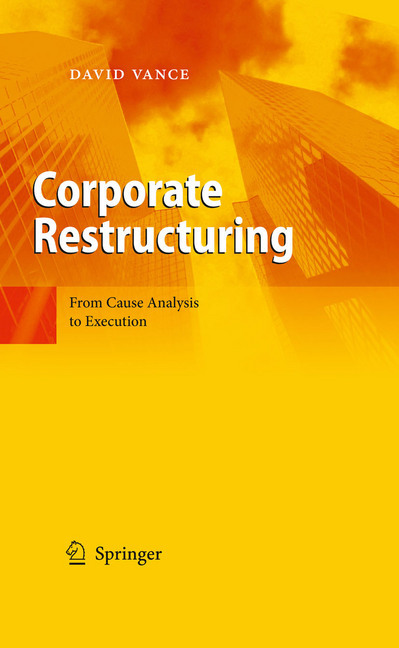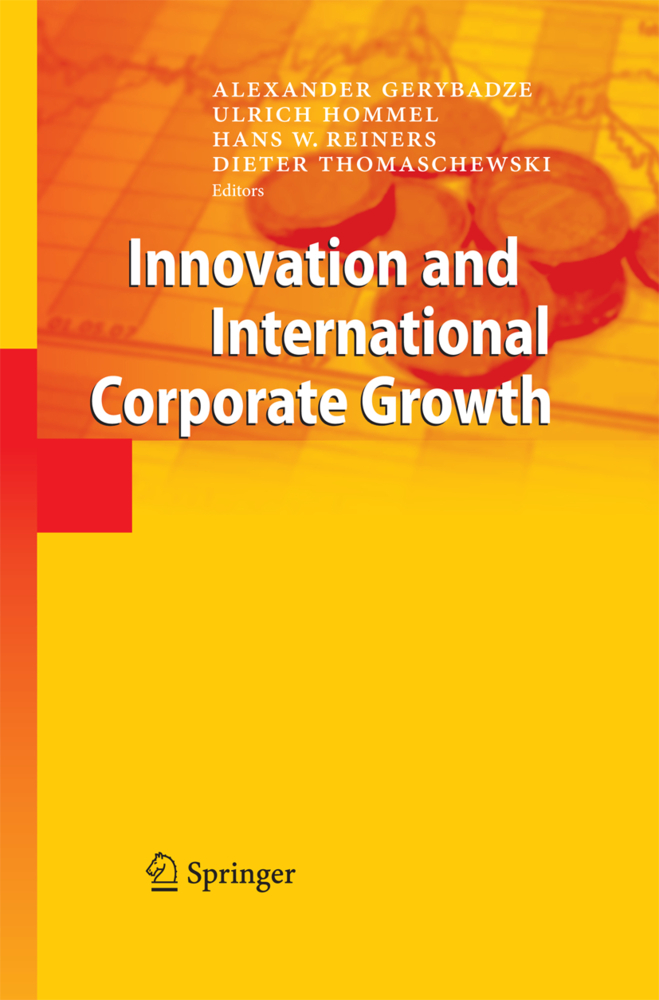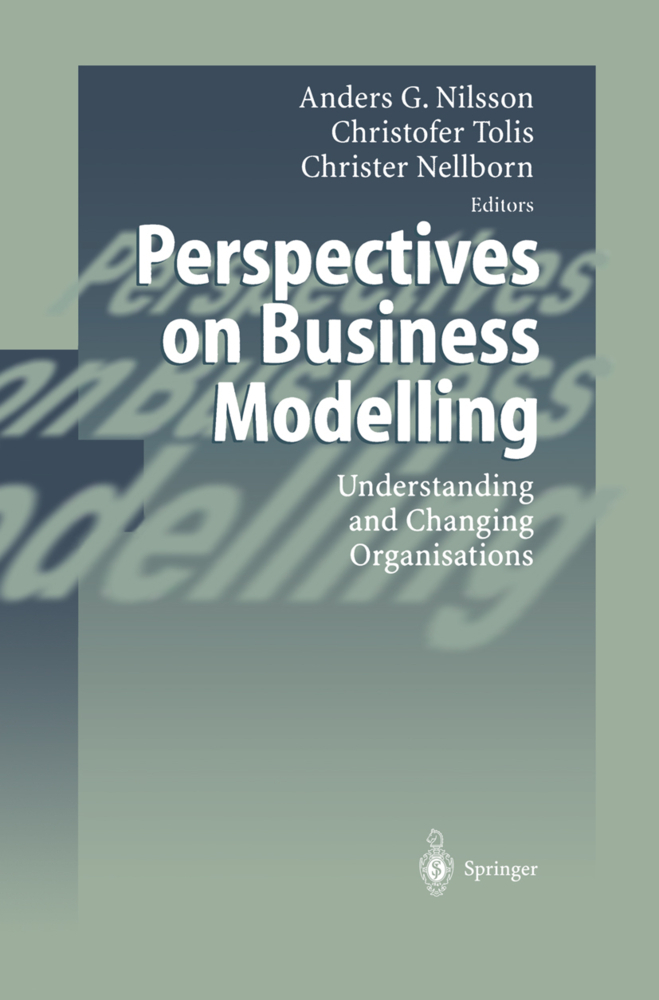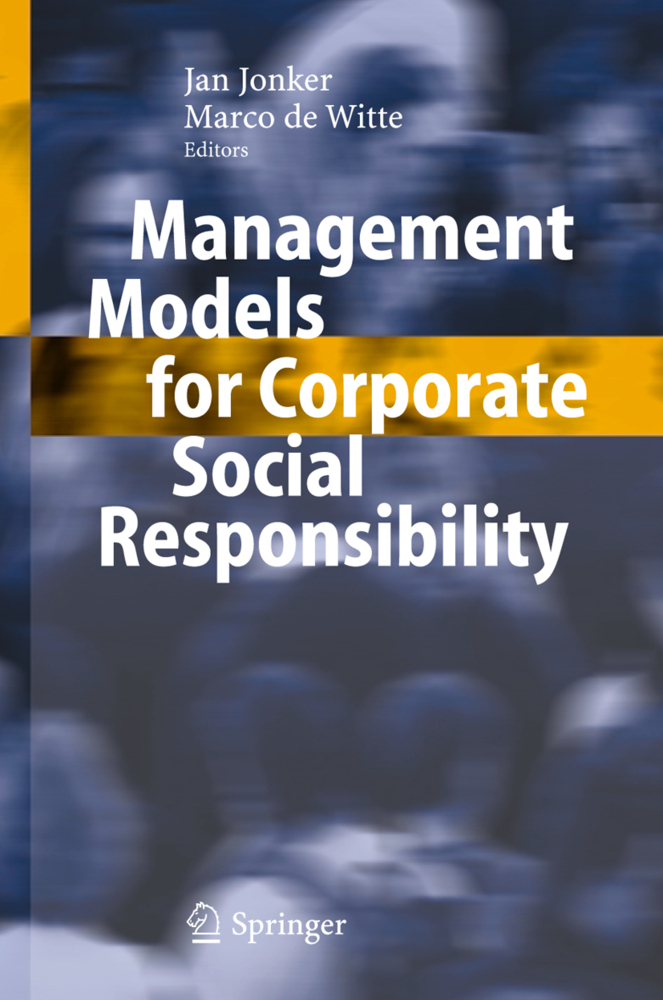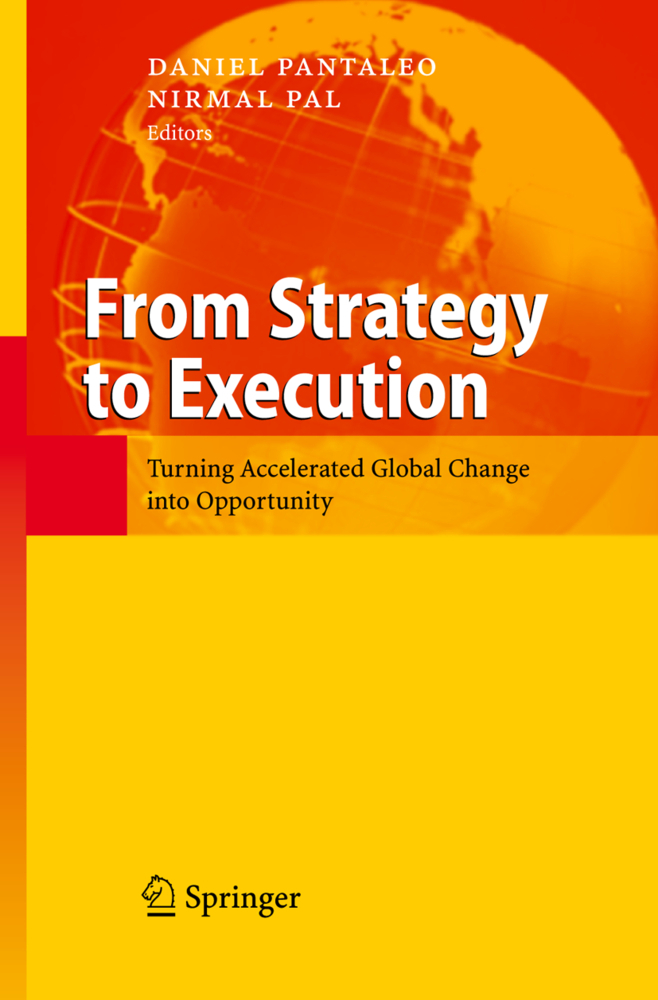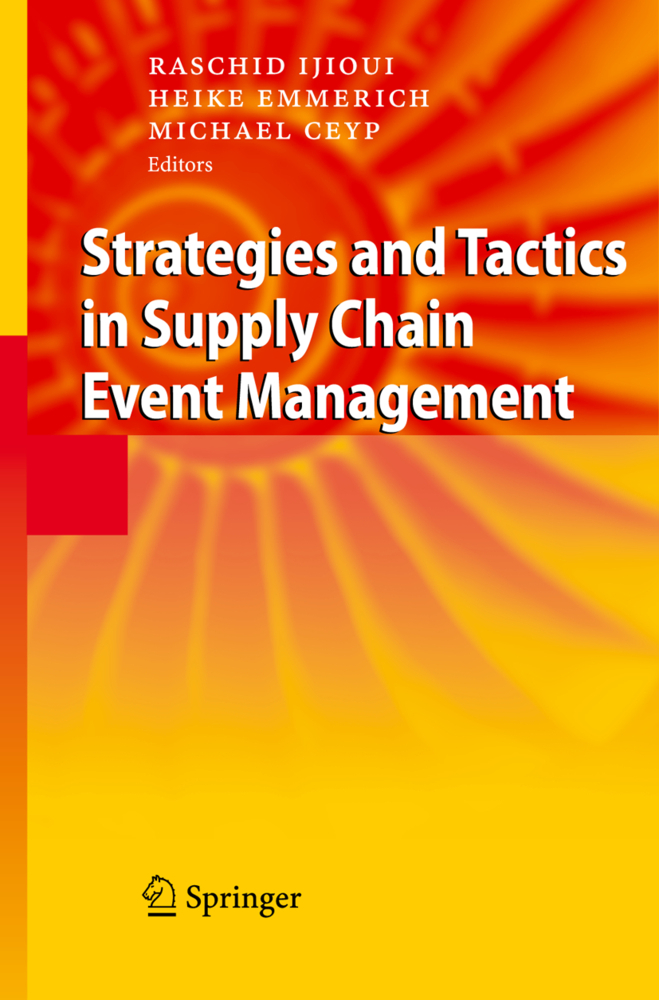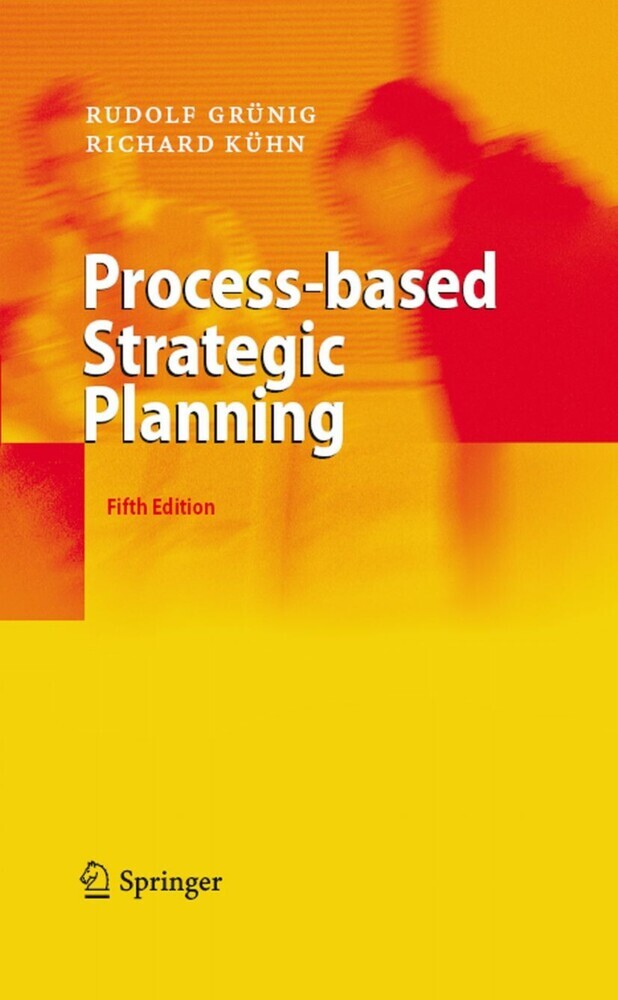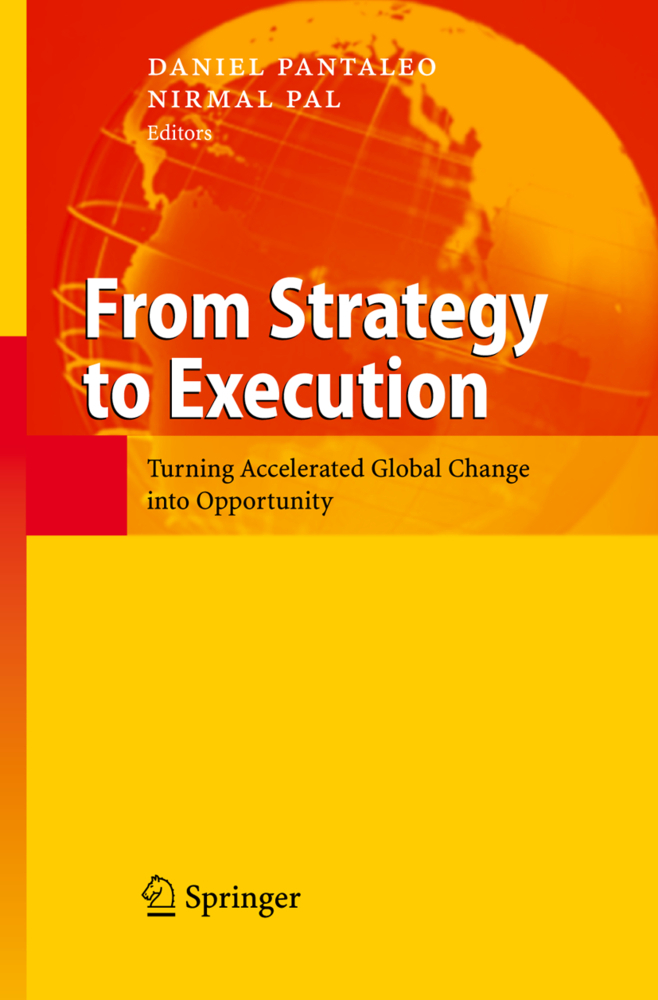Corporate Restructuring
Corporate Restructuring is a practical approach to rescuing troubled companies and driving underperforming companies to top performance. It combines proven restructuring strategies with rigorous theoretical analysis. This book explains how to set and achieve asset, staffing, sales and profit goals. Topics include diagnostic tools to identify the root cause of problems, the human dynamics that cause a company to thrive or wither, customer service and relationship marketing, customer intelligence systems, new product development, process mapping, continuous process improvement and re-engineering as well as integrating IT into corporate strategy. It is also discussed how to find the resources needed to keep a company alive during restructuring and how to use bankruptcy offensively and defensively. Corporate Restructuring emphasizes execution. All the restructuring theories in the world weigh less than a simple plan, well executed.
1;Preface;5 2;Contents;7 3;Diagnosing the Problem;18 3.1;Introduction;18 3.2;Stages of a Troubled Company;18 3.3;Restructuring Tasks;20 3.4;Time Span;20 3.5;Diagnosing Problems;21 3.6;Tools for Identifying the Problem;23 3.7;Ethics;31 3.8;Complexity;33 3.9;Conclusion;34 3.10;Notes;34 3.11;References;35 4;Setting Restructuring Goals and Reverse Engineering a Company;36 4.1;Introduction;36 4.2;Business Model;36 4.3;Conclusion;45 4.4;References;45 5;People;46 5.1;Introduction;46 5.2;Turnaround Committee;46 5.3;Incumbent Management;48 5.4;Turnaround Team Structure;48 5.5;Supplementing Management;49 5.6;Turnaround Team;50 5.7;Transaction from Restructuring Team to New Management;52 5.8;Management Problems;52 5.9;Unions;56 5.10;Layoffs;57 5.11;Conclusion;61 5.12;Notes;62 5.13;References;62 6;Labor Cost;63 6.1;Introduction;63 6.2;Headcount Management;63 6.3;A Perfect Organization;66 6.4;Low Performing Employees;66 6.5;Staff Functions;67 6.6;Span of Control;67 6.7;Headcount Management System;69 6.8;Consultants and TemporaryWorkers;70 6.9;Compensation;70 6.10;Termination and Severance Pay;73 6.11;Benefits;73 6.12;Other Labor Cost Management Strategies;74 6.13;Executive Compensation;74 6.14;Overtime;75 6.15;Turnover Costs;76 6.16;Workers Compensation;79 6.17;Unemployment Compensation Taxes;80 6.18;Conclusion;81 6.19;Notes;81 6.20;References;82 7;Evaluation of Businesses, Divisions, Facilities, and Dealerships;83 7.1;Introduction;83 7.2;Businesses;83 7.3;Analyzing Divisions, Subsidiaries and Business Units;84 7.4;Comparing Divisions to Industry Norms;88 7.5;Market Position;90 7.6;Disposition of Underperforming Divisions, Subsidiaries and Business Units;93 7.7;Break-Up Value;93 7.8;Facility Analysis;94 7.9;Dealerships;99 7.10;Conclusion;99 7.11;References;100 8;Evaluation Products, Customers and Contracts;101 8.1;Introduction;101 8.2;Customers and Products;101 8.3;Analyzing Customers;101 8.4;Analyzing Products and Services;107 8.5;Customers and Products;112 8.6;Analyzing Contracts;113 8.7;Profit Ladder Analysis;114 8.8;Conclusion;117 8.9;References;117 9;Revenue Growth and New Products;118 9.1;Introduction;118 9.2;Understanding Customers Needs;120 9.3;New Products;122 9.4;Radical Product Innovation;128 9.5;Sales Person and Sales Territory Management;131 9.6;Sales Training and Lessons from High Performers;132 9.7;New Sales Territories;133 9.8;Sales Production;133 9.9;Conclusion;133 9.10;Notes;134 9.11;References;134 10;Markets and Pricing;136 10.1;Introduction;136 10.2;Cost Centered Pricing;136 10.3;Market Centered Pricing;138 10.4;Engineered Cost;138 10.5;Price Elasticity;138 10.6;Optimizing Gross Profit Versus Optimizing Revenue;139 10.7;Product Life Cycle;140 10.8;Opportunistic Pricing;141 10.9;Microeconomic Pricing;142 10.10;Brands;146 10.11;Market;146 10.12;Price Analysis;148 10.13;Conclusion;150 10.14;References;150 11;Customer Service and Relationships;152 11.1;Introduction;152 11.2;Customer Service;152 11.3;Customer Relations;155 11.4;Responsiveness;155 11.5;Customer Service Training;156 11.6;Customer Tracking System;156 11.7;Lost Customers;158 11.8;Customer Feedback;160 11.9;Customer Selection;163 11.10;Firing Customers;163 11.11;Conclusion;164 11.12;Notes;164 11.13;References;164 12;Re-engineering, Process Mapping, Continuous Process Improvement and Outsourcing;166 12.1;Introduction;166 12.2;Process Mapping;166 12.3;Continuous Process Improvement;168 12.4;Re-engineering;171 12.5;Setting Goals;176 12.6;Setting Priorities;176 12.7;Technique Selection;177 12.8;Outsourcing;177 12.9;Conclusion;181 12.10;References;181 13;Cost Analysis and FindingWaste;183 13.1;Introduction;183 13.2;Cost Goals;183 13.3;Payment Analysis;186 13.4;Functional Analysis;187 13.5;Targets of Opportunity;191 13.6;Audit Program;195 13.7;Conclusion;198 13.8;References;198 14;Information Technology;199 14.1;Introduction;199 14.2;Alignment of Strategy and Information Technology;199 14.3;Cost and Needless Complexity;200 14.4;Integration of Computer Professionals;201
Vance, David
| ISBN | 9783642017865 |
|---|---|
| Artikelnummer | 9783642017865 |
| Medientyp | E-Book - PDF |
| Auflage | 2. Aufl. |
| Copyrightjahr | 2009 |
| Verlag | Springer-Verlag |
| Umfang | 283 Seiten |
| Sprache | Englisch |
| Kopierschutz | Digitales Wasserzeichen |

